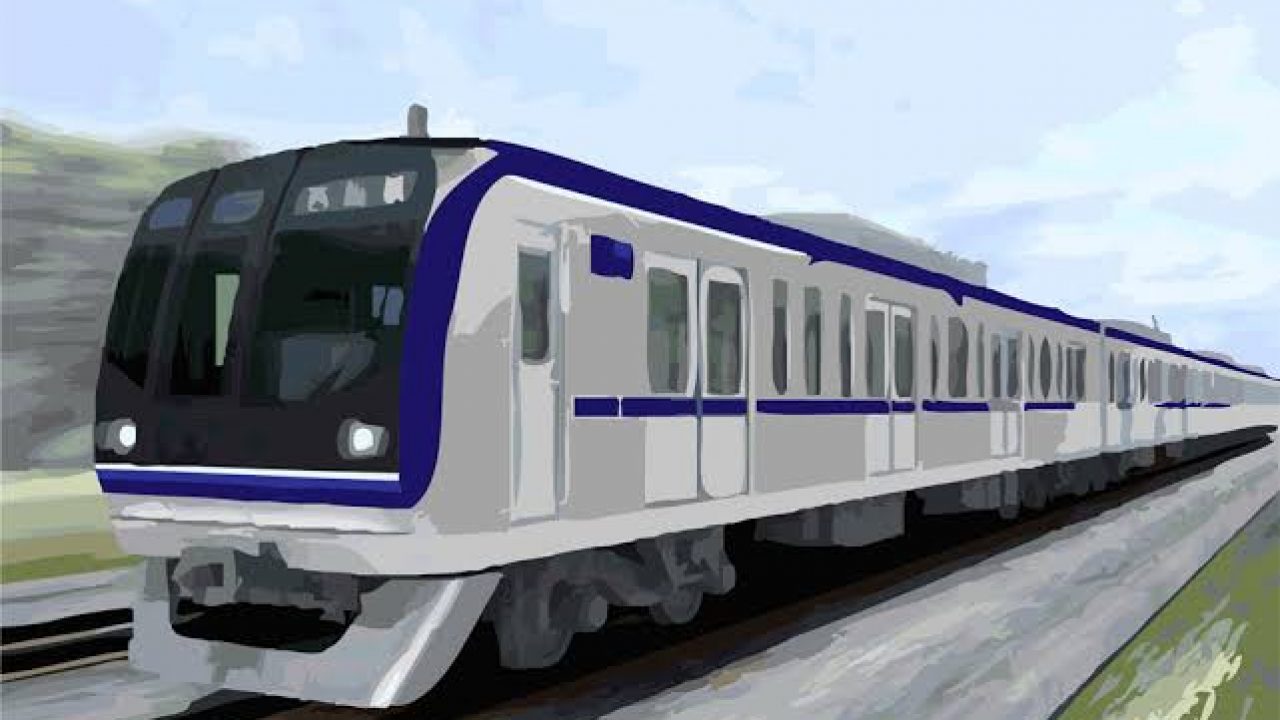Mindanao Railway Project to take 10-15 years to complete
By Ellson Quismorio

It may take the combined terms of at least two more Philippine presidents before the Mindanao Railway Project (MRP) gets completed.
This can be gleaned from Department of Transportation (DoTr) Undersecretary Timothy John Batan’s remarks Tuesday before the House Committee on Mindanao Affairs wherein developments on the MRP were tackled.
The virtual panel discussion on the big-ticket project was initiated by Lanao del Norte 1st district Rep. Khalid Dimaporo, who filed House Resolution No.727 or the resolution directing the National Economic and Development Authority (NEDA) and the DoTr to submit a feasibility study on the MRP.
During the hearing, Iligan lone district Rep. Fredrick Siao asked Batan what the DoTr’s time table was for the completion of the 10-stage (phase) project, which is a “design and build” effort between the governments of the Philippines and China.
“Currently we only have investment approval from NEDA for the Tagum, Davao-Digos segment. That’s the first 100 kilometers only. Now we are working on Phase 2 which will bring us into General Santos and then to Marbel (South Cotabato). And for the future phases, we are still working on the feasibility studies,” Batan said.
“We are drawing the big picture, we are putting in place the big picture so that at least we do one, two, or three phases at a time. Eventually, maybe we are looking at anywhere from 10 to 15 years for all of this. We will finish this gradually and cover the entirely of Mindanao,” added the Transportation official.
“If that’s the case then we’ll have to wait. We have to be patient,” a somewhat deflated Siao said after hearing Batan’s reply.
A flagship project of the Duterte administration, the MRP will span over 1,500 kilometers once finished. It will link Davao to Surigao and traverse key cities and provinces like General Santos, Marbel, Butuan, Cagayan de Oro, Iligan, Pagadian, Digos, Dipolog, Zamboanga, and Surigao.
Batan said that Phases 1 to 3 are the only ones with clear plans, although only Phase 1 has had any detailed feasibility study. “As you have noticed, what we need are feasibility study resources.”
“The Chinese government is giving us a grant for the conduct of a detailed feasibility study for Phase 2. That grant funding is currently being processed by CITCA (China International Development Cooperation Agency). We are pushing (to) finalize documentation for Phase 2 within the year so that we can proceed with the detailed feasibility study for Phase 2 throughout next year and potentially for NEDA Board investment approval by 2022,” he explained.
Dimaporo underscored the need to bring a sense of security to the solons and stakeholders so that the MRP “is not just a dream but a feasible project in the pipeline.”
“For us to be able to say that, we need to have the feasibility studies completed,” the panel chairman said.
Batan said a detailed, high-grade feasibility study requires significant funding. For context, he said that a not-so detailed “pre-feasibility study” of the MRP that carried out by NEDA a few years back still cost the agency P50 million.
This NEDA study covered the entire MRP in its initial plan of just three phases or stages. The project has since been expanded to 10 phases by virtue of the detailed feasibility study conducted on Phase 1.
Asked for the amount of money needed to complete all needed feasibility studies for the MRP, Batan said he doesn’t have a figure although the pending grant for Phase 2 “would be a good indication.”
The first phase covering the 105-kilometer line from Tagum-Davao-Digos will cost a total of P35.257 billion. It will cut travel time to 1.3 hours, down from the current 3.5 hours by road.
The DoTr said the MRP is designed to accommodate 122,000 passengers by 2022, or the end of President Duterte’s term.
Source: Manila Bulletin
